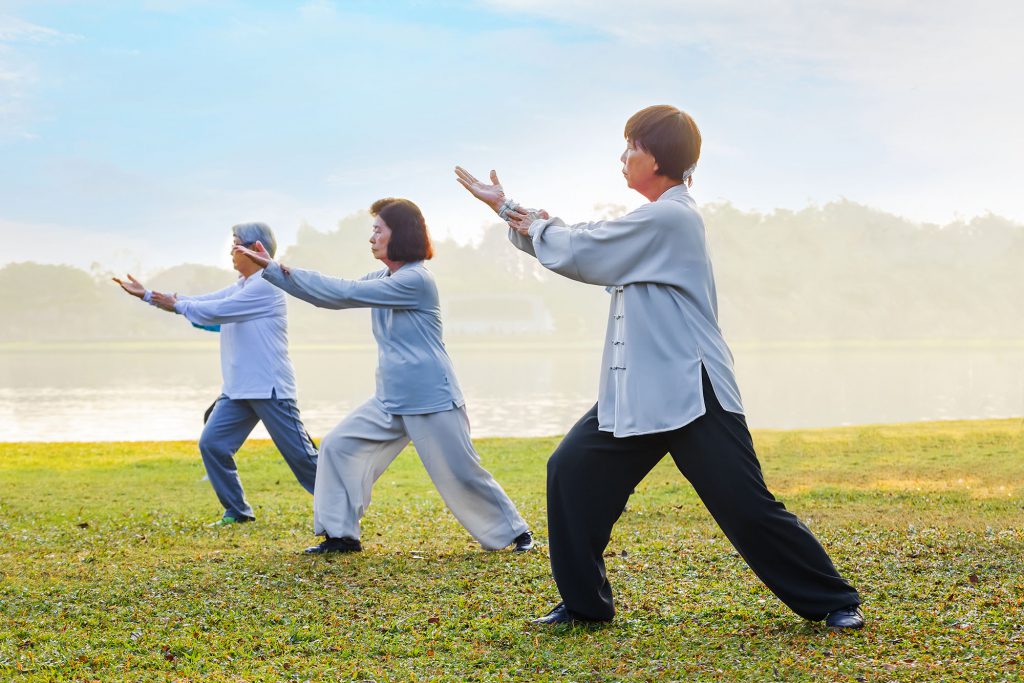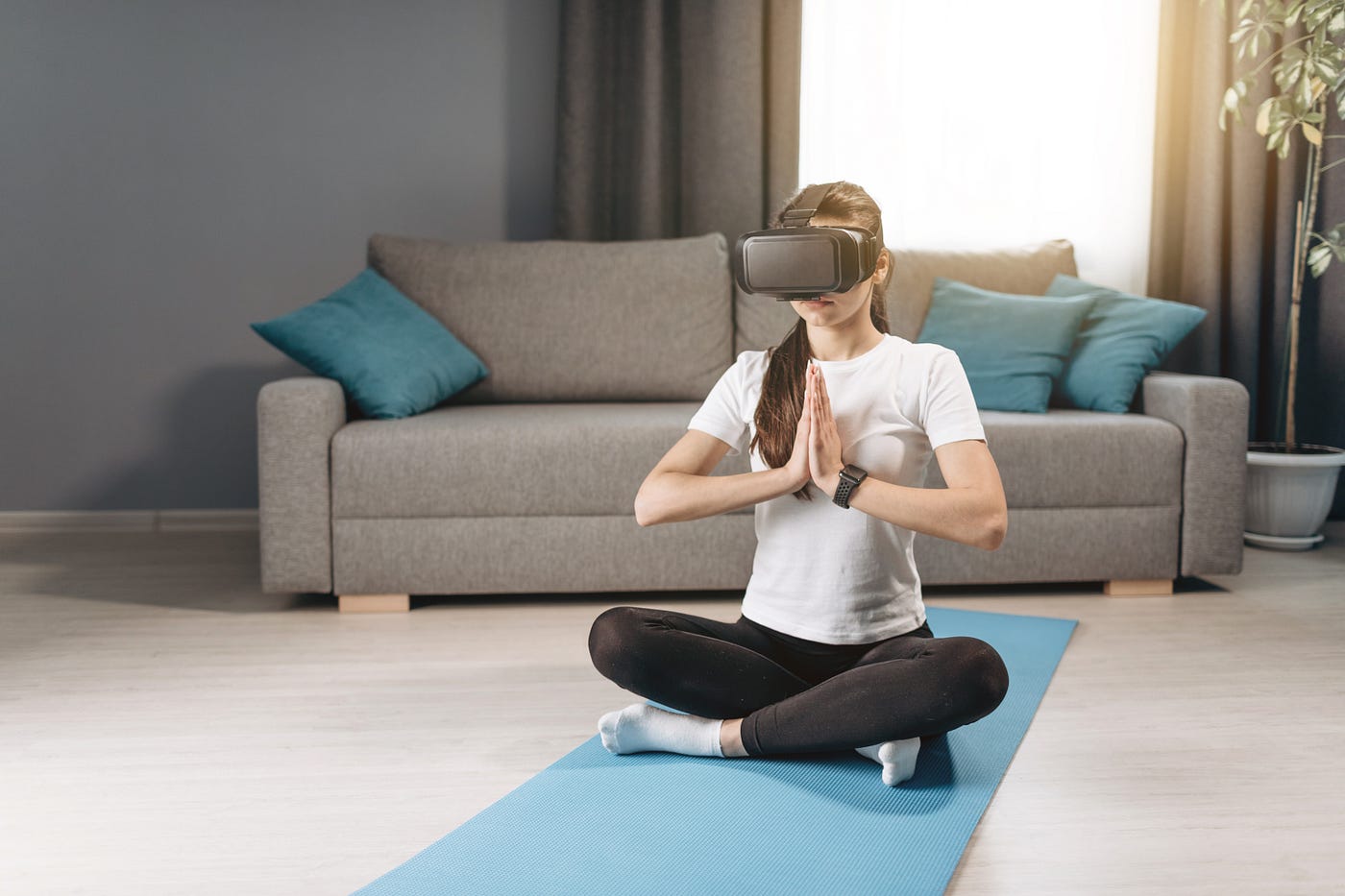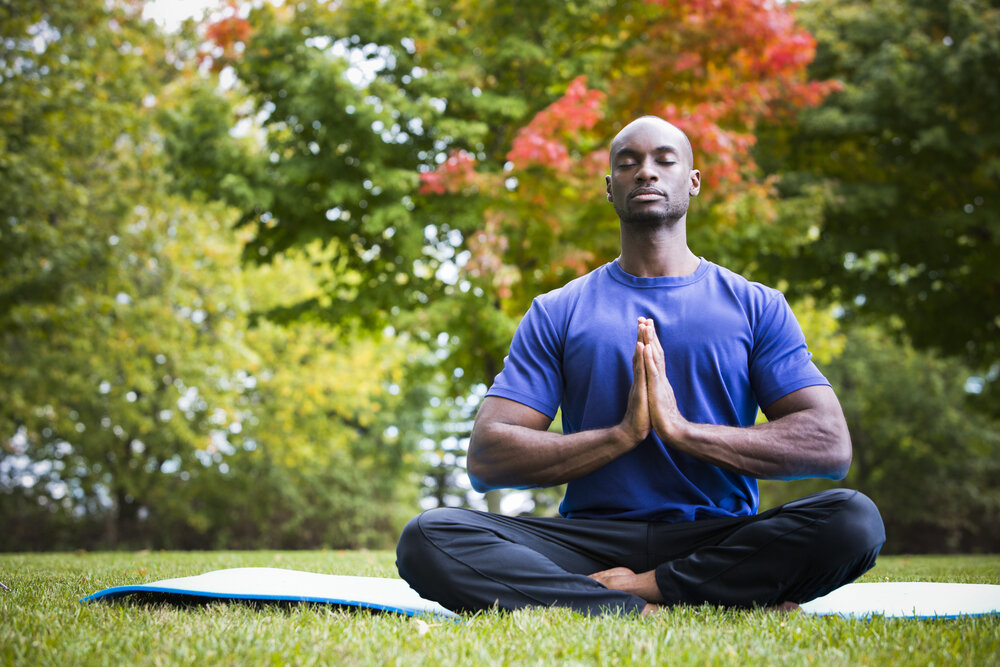Movement disorders are neurological conditions that interfere with a patient’s ability to move deliberately and in a controlled way. They can cause many symptoms, including tremors, stiffness, slow movements, involuntary muscle contractions, and problems with coordination. Parkinson’s disease, essential dystonia, and dystonia all have the potential to affect almost every aspect of a patient’s day-to-day life.
Understanding the effects of movement disorders is key to managing their challenges. With the correct treatment strategies and supportive care, it is possible to maintain independence and improve quality of life.
Movement Disorders Have A Daily Impact
1. Physical Disabilities
Those with movement problems often experience motor symptoms that can make normal activities more challenging. The simple things that once came naturally, like brushing one’s teeth, buttoning one’s shirt, or tying one’s shoes, can become challenging or impossible. If you have tremors, they can cause you to spill food while eating. Bradykinesia or muscle rigidity may also increase your risk of falling.
In advanced stages, movement disorders can lead to the need for mobility aids. Limiting the distance you walk or even making it difficult to climb stairs may also be necessary. This physical limitation may force people to adapt to the home, modify their daily schedules, or depend on caregivers.
2. Psychological and Emotional Effects
It is important to note that the emotional toll of living with movement disorders can be equally as serious as their physical impact. Frustrations such as embarrassment or depression are not uncommon. The inability to perform simple tasks can create a sense of helplessness or even a diminished sense of self-worth. The social situation can become overwhelming if the symptoms are visible, such as tremors.
Isolation can occur, especially for those who avoid public gatherings because of fear of being judged or stigmatized. These effects can further affect the person’s daily life and limit their ability to engage in social activities.
3. Cognitive Challenges
Parkinson’s Disease, among other movement disorders that affect cognition, including memory, concentration, and problem-solving, is one of these. These changes may start subtly but progress over time, complicating communication, work performance, and financial management.
Cognitive decline may affect decisions and make it harder to keep track of appointments, safety precautions, or medications.
4. Work And Financial Stress
Movement disorders may interfere with employment, particularly jobs requiring manual dexterity and quick reflexes. Early retirement can result from prolonged absences, low productivity, or difficulty adapting to workplace change.
In turn, the loss of income can cause financial strain for both the individual and their family. Medical bills and costs for therapy, home modifications, and other expenses can make financial planning difficult.
Early Signs Of Cancer: Recognize The Warning Signs
It is vital to get a timely diagnosis for the best possible treatment. Early symptoms may include unexplained movements, changes in writing, stiffness, and difficulty initiating motion. For those unsure whether they’re experiencing something more serious than general fatigue or clumsiness, this resource provides useful insight from https://www.southvalleyneurology.com/blog/how-do-i-know-if-i-have-nerve-damage. This outlines potential indicators of nerve damage, which often overlap with symptoms of early movement disorder.
What You Can Do About It
Living with an underlying movement disorder does not have to mean sacrificing your independence or life quality. It is possible to manage symptoms in a way that allows you and your caregivers to function normally.
1. Consult an Early Neurologist
A movement disorder professional can offer a precise diagnosis and tailor treatment plans to your particular condition. Physical therapy, occupational therapy, medicine, and even surgery may all be part of your treatment, depending on your disease.
2. Embrace Occupational & Physical Therapy
Therapists have a crucial role in helping patients increase their mobility, strengthen their muscles, and develop more efficient techniques for daily tasks. Occupational therapy may also help modify the home, workplace, or other areas to remove obstacles and prevent falls.
3. Adopt Assistive Technologies
Many tools exist to reduce the limitations of movement disorders. From walking aids and grip-friendly utensils to text devices, these adaptations can help people perform tasks in a more efficient and safe manner.
4. Join our Support Network
Support groups can be found in person, online, or both. They offer support, encouragement, and advice. Speak to others who have faced similar challenges. This can help you feel less isolated and inform patients and their caregivers about new treatments.
Conclusion
Movement disorders affect much more than just the ability to move. They also impact other aspects of a person’s life, including their daily routines, emotional health, and even their social relationships. These challenges can be overcome with confidence if individuals receive early recognition, personalized treatment, and supportive resources. The focus should be on adaptability, community, and proactive care.










